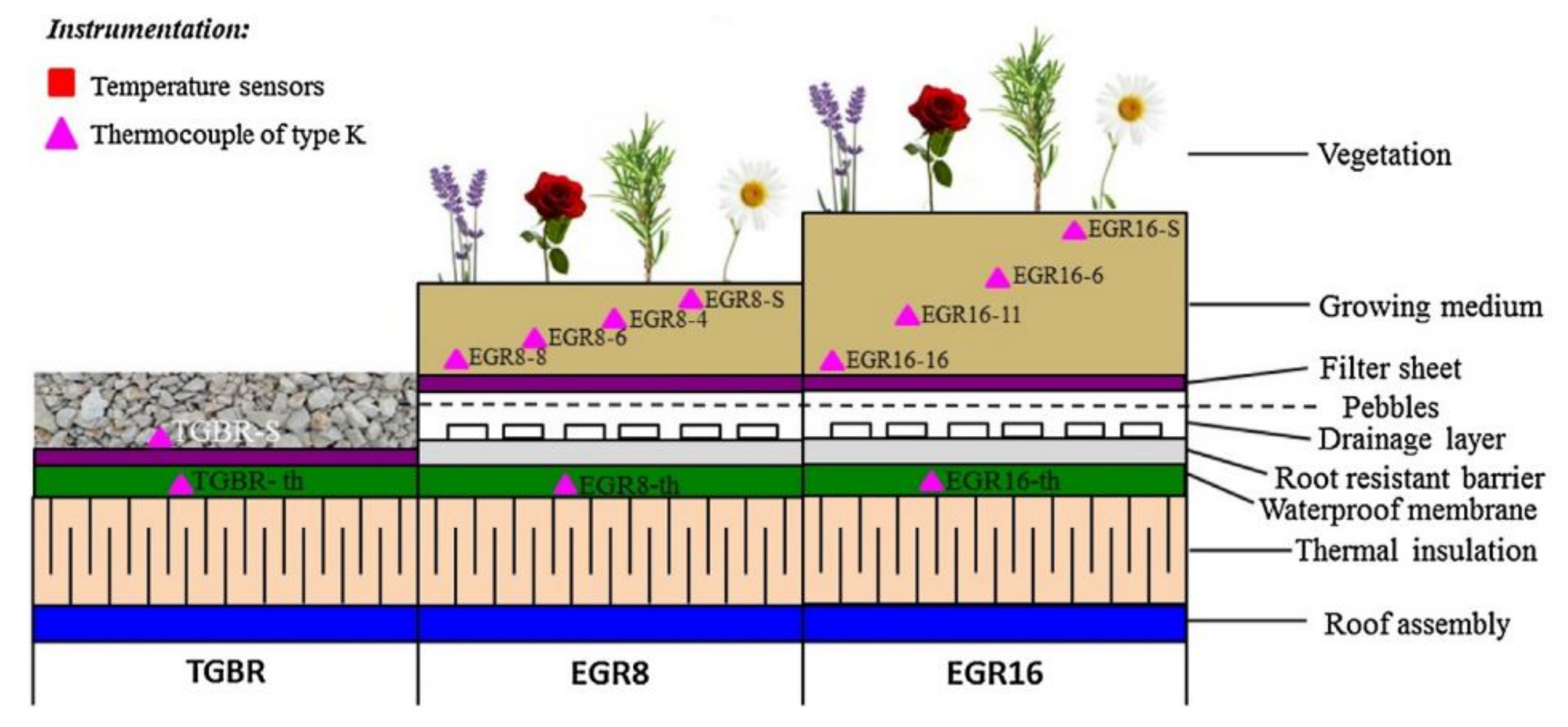While just adding more insulation to the building doesn t necessarily get great improvements in efficiency adding insulation to the right locations does.
Living roof tropics insulation.
The substrate blocks the lower frequencies while the plants absorb the higher frequencies.
0 x insulation i had to put in some thermal insulation because our council building control couldn t calculate the u value for insulation of the living roof after installing it.
Roof insulation is perhaps the most important type of insulation.
We sweat in the shower some times.
Roll out insulation is the typical choice for roof spaces.
The roof is the hottest part of the house therefore it is not a good idea to have attic rooms as bedrooms or living spaces in tropical hot humid climates.
Heat is reflected out into the property allowing the temperature to gradually drop throughout the evening and into the night.
In building structures such as walls roof ceiling etc.
Foil insulation is ideal for tropical climates as it acts as the perfect conduit for convection radiation and conduction.
There are only few threads on tropical living roof in the internet so i hope i can find further answers here.
As a third generation native floridian i ll be hosting an ongoing series of posts focusing on green roofs and living walls in the tropics.
Steel structures are mostly recommended.
The combination of substrate plants and the embedded air in the green roof system provide good sound insulation.
As heat rises it is reflected back into your home through adequate roof insulation.
A self adhesive aluminium tape should be used to seal all vapour barrier laps and penetrations.
Sound waves are absorbed and reflected.
1 x roof it d be a normal garden if it wasnt on the roof.
In addition to thermal insulation a green roof also has a sound insulating effect.
These work best for western architectural styles and climates.
Tropical and sub tropical ecosystems present a variety of unique challenges to the designer.
As i browsed through the net these are the materials that are commonly used by most people from bottom up.
Roof ceiling insulation is perhaps the most important type of insulation.
When adding roof vents gable vents etc you need airflow to suck cool aid in.
I live in oz in the tropics and roof ventilation along with ceiling insulation is a massive help in dealing with hot humid times.
Drilling 25 mm holes in patterns through the soffit sheets all around the house helps 9 holes in a.
However you should probably choose a thickness which will allow you to upgrade rather than downgrade.








